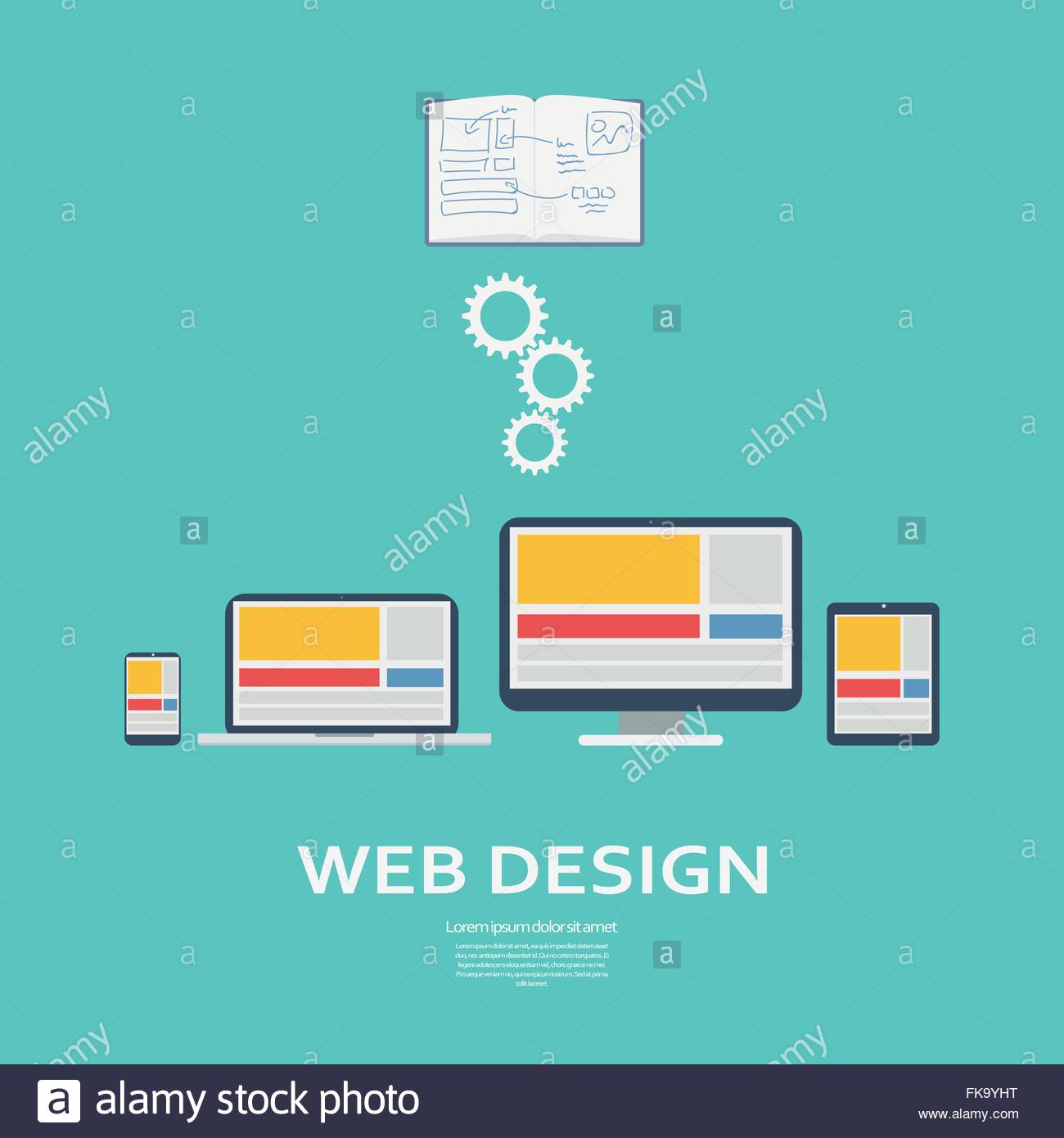Internet Site Style Basics: Tips For Structure A User-Friendly Website
Internet Site Style Basics: Tips For Structure A User-Friendly Website
Blog Article
Content Author-Crews Daugaard
When it pertains to internet site layout, guaranteeing user-friendliness is vital. From responsive layout to streamlined navigating, every component plays an important function in producing a site that caters to your audience's needs. However what regarding the better information that can make or damage a user's browsing experience? Keep tuned as Digital Marketing For Dpc reveal some often-overlooked pointers that can elevate your website's functionality to the next degree, making it genuinely stick out in the digital landscape.
Relevance of Responsive Design
Receptive layout is a crucial aspect of modern web site development. Ensuring Digital Marketing For Dpc is responsive ways that it can adapt to various screen dimensions and tools, supplying a seamless experience for customers.
With the enhancing use mobile phones and tablet computers to access the net, having a responsive style is crucial for reaching a bigger audience. It assists in improving user experience by making your internet site very easy to navigate and continue reading any gadget.
Additionally, receptive design can positively influence your internet search engine positions, as internet search engine like Google prioritize mobile-friendly internet sites. By having a responsive design, you're also future-proofing your web site, as brand-new devices with differing screen dimensions remain to arise.
Simplify Navigation Structure
To boost customer experience and facilitate very easy accessibility to details on your website, simplifying the navigation framework is paramount. When creating your site, concentrate on creating a clear and user-friendly navigation food selection that assists visitors locate what they're trying to find quickly.
Limit the variety of food selection things to the essentials, grouping relevant web pages together to prevent overwhelming customers. Use detailed tags that clearly suggest the web content of each web page, making it much easier for individuals to understand where each link will take them.
Think about applying dropdown menus for subcategories to stop littering the primary navigating bar. Additionally, include a search bar plainly on the web page for users that prefer looking for details information.
Focus on mobile responsiveness in your navigating design to guarantee easy gain access to on all gadgets.
Maximize Web Page Lots Rate
Improving web page load speed is critical for maintaining site visitors on your internet site. Slow-loading pages discourage customers and can bring about high bounce prices. To optimize page load speed, start by optimizing pictures. Compress images without compromising top quality to minimize their file dimensions.
Furthermore, allow browser caching to store frequently accessed resources locally, speeding up tons times for returning visitors. Minify CSS, JavaScript, and HTML documents by removing unnecessary personalities, remarks, and format, improving tons speed.
Take into consideration using a web content distribution network (CDN) to disperse your site's web content across multiple servers worldwide, lowering latency for users accessing your site from various places. Last but not least, limit using third-party scripts and plugins, as they can substantially impact lots times.
Verdict
Finally, by incorporating responsive style, simplifying navigating, and enhancing page load speed, you can develop an easy to use web site that interest a broader target market and boosts customer experience. These essential elements guarantee that site visitors can quickly access and navigate your site throughout different devices, resulting in raised involvement and complete satisfaction. By concentrating on these key facets, you can develop a successful internet site that maintains users returning for even more.
